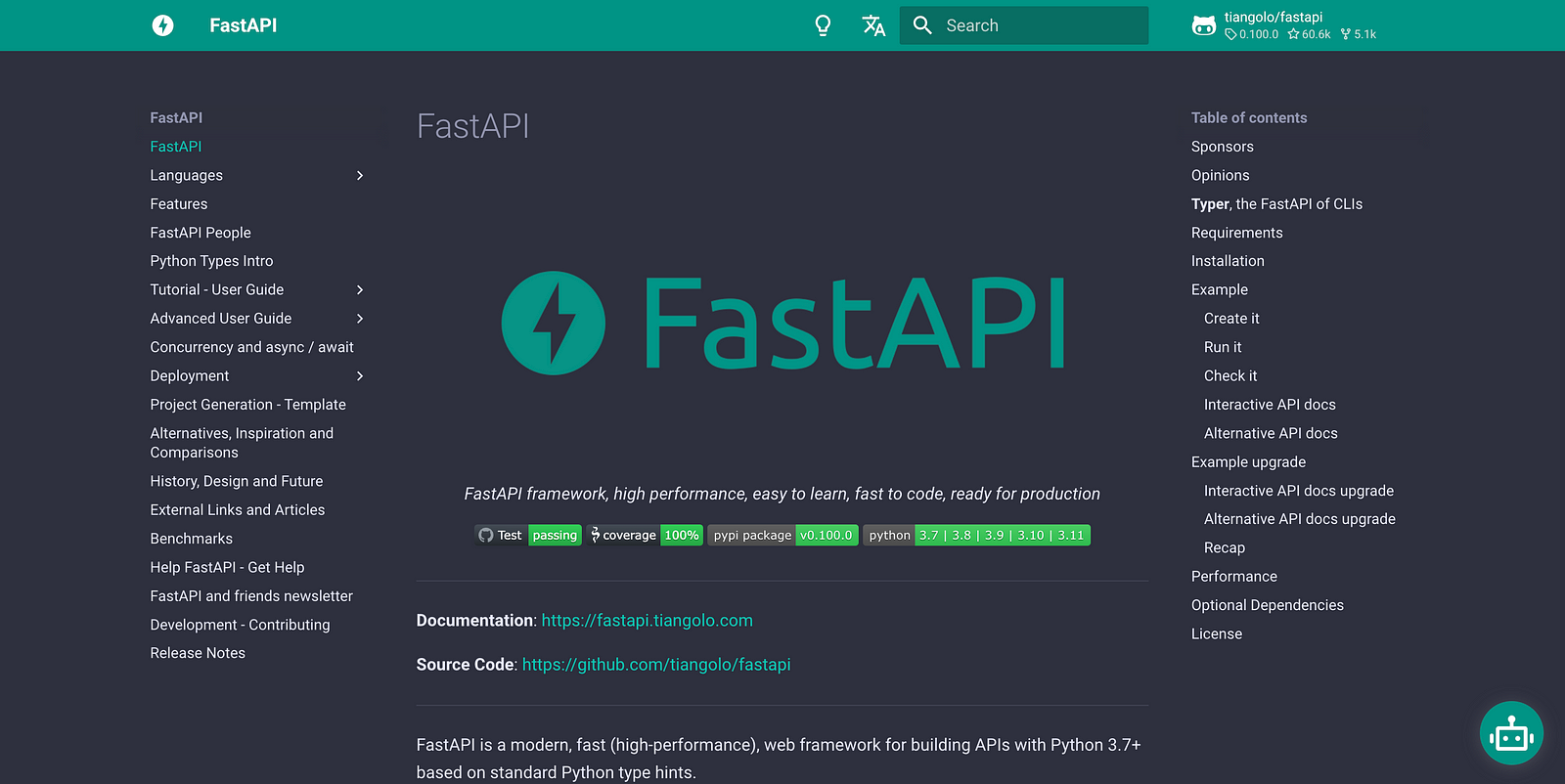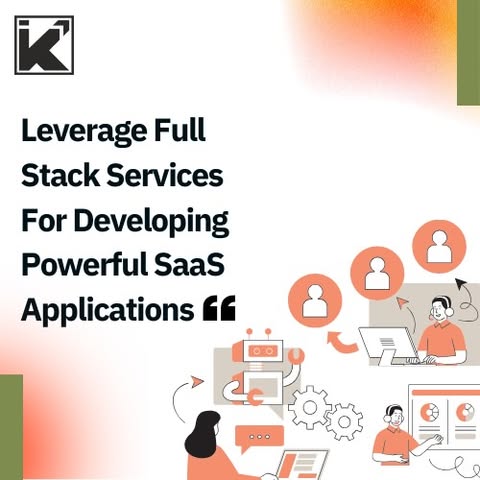Python, a robust programming language remains a popular choice, among developers globally. In the year 2023 the Python ecosystem is flourishing with tools and libraries that enhance efficiency and simplify work processes. This article delves into Python resources such as libraries, frameworks and development tools that equip developers to build effective and state of the art Python applications.
1. FastAPI – Swift Web API Development
FastAPI stands out as a web framework that has been rapidly gaining traction within the Python community. A crucial tool for Python developers in 2023 FastAPI offers capabilities along with generation of OpenAPI and JSON Schema facilitating rapid development of web APIs. By leveraging FastAPI developers can effortlessly create performance and scalable API endpoints.

2. PyTorch – Advancements in Deep Learning and AI
PyTorch has emerged as a library for deep learning tasks and artificial intelligence applications. In the year 2023 PyTorch will remain indispensable for Python developers engaged in machine learning endeavors. With its graph functionality and support, for GPU acceleration PyTorch empowers developers to address complex AI challenges adeptly and construct intricate neural networks effectively.

3. Django – Full-Featured Web Development
Django, a established web framework continues to be a tool for Python developers in 2023. Known for its all approach Django provides features such as ORM, authentication and admin panels right from the start. With its focus on simplicity and elegant design Django is an option for creating scalable web applications.

4. Pandas – Data Organization and Analysis
Pandas remains a tool for Python developers dealing with datasets in 2023. It offers data structures and functions for managing, cleaning, transforming and analyzing data. Pandas play a role in projects centered around data due to their compatibility with other Python libraries like NumPy and Matplotlib. This makes them tools for developers and researchers this year.

5. Typer – Streamlining CLI Development
Typer stands out as a CLI framework that simplifies the development of command line applications in Python. In 2023 mastering Typer is essential for Python developers creating user command line interfaces. With Typer, defining and documenting CLI commands, through Python functions is straightforward empowering the development of CLI tools.

6. Jupyter – Interactive Data Science and Exploration
As we step into 2023 Jupyter Notebooks maintain their status as a tool, for Python developers. They provide an visual way to explore data run code visualize information share analysis workflows and craft reports effortlessly.

7. Streamlit – Interactive Data Apps
Streamlit has garnered favor as a user tool for constructing interactive data applications in Python. Looking ahead to 2023 Streamlit is poised to become a tool for developers immersed in data driven projects. Its intuitive API empowers developers to swiftly convert data scripts into web applications that’re easily shareable without necessitating expertise in web development. Streamlits capability to streamline data visualization and analysis processes positions it as an asset for data professionals and engineers like.

8. Poetry – Python Dependency Management
Poetry emerges as an approachable dependency management tool tailored for Python endeavors. In the year of 2023 Poetry is anticipated to gather momentum as developers seek out an uncomplicated solution, for handling project dependencies and virtual environments effectively. Through its command line interface (CLI) project isolation features and lockfile based resolution system Poetry alleviates challenges associated with dependency management while ensuring coherence across diverse development setups.

9. SQLAlchemy – Easily interact with any Database, ORM
Object Relational Mapping (ORM) libraries like SQLAlchemy simplify the relationship between databases and Python programs. In the year mastering SQLAlchemy will be essential for developers tackling projects involving data structures and relational databases. Its user friendly querying interface, compatibility with database systems and seamless integration with web frameworks like Flask and Django make it an indispensable asset for building database centric applications.

10. Black – Ensuring Code Consistency with a Firm Code Formatter
Maintaining an coherent codebase hinges on code formatting. Black serves as an code formatter that enforces stringent formatting standards to promote a uniform and easily readable code style. Looking ahead to 2023 Black will continue to be a tool for Python developers aiming to uphold code formatting practices across their projects thereby reducing time spent on debating coding styles during reviews.

11. FastText – Empowering Text Analysis and NLP
FastText emerges as a library catering to text classification and natural language processing (NLP) endeavors. Moving forward into 2023 FastText will retain its significance among Python developers engaged in language initiatives. Boasting training processes, support for word embeddings and an intuitive API FastText equips developers, with the tools needed to construct NLP models effortlessly.

12. Uvicorn – ASGI Server for FastAPI
uvicorn stands out as an ASGI server, an used protocol in Python for web servers and applications especially recommended for FastAPI users. In the year of 2023 uvicorn remains a tool for developers working with FastAPI ensuring top notch performance and scalability for their web APIs. Its seamless support for HTTP/2 and websockets allows developers to create performance real time applications.

In closing
As we step into a year the Python ecosystem continues to progress and introduce ideas providing developers with a rich selection of tools and libraries to boost their efficiency and innovation. From FastAPI offering web API development to PyTorch driving cutting edge AI progressions these essential Python tools for 2023 span across domains enabling developers to address diverse challenges effortlessly. Embracing these tools and staying abreast of the trends, in the Python community will equip developers to craft applications setting the stage for a fruitful year of Python development in 2023 and beyond. Happy coding!



